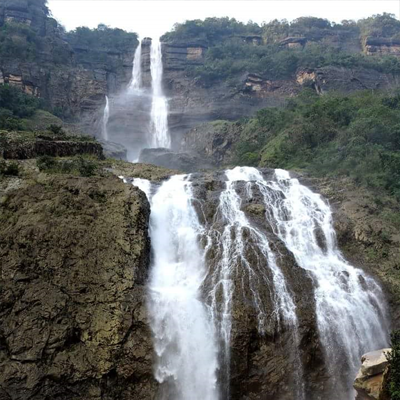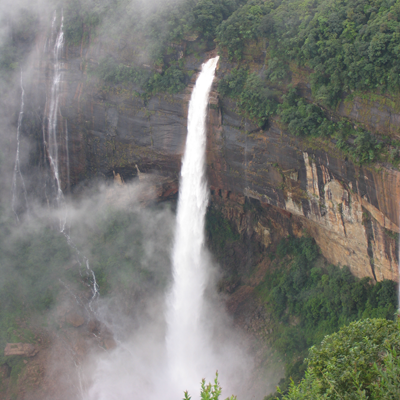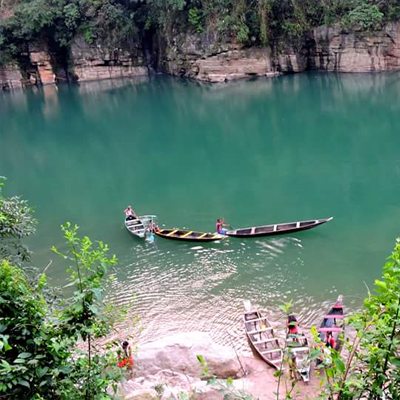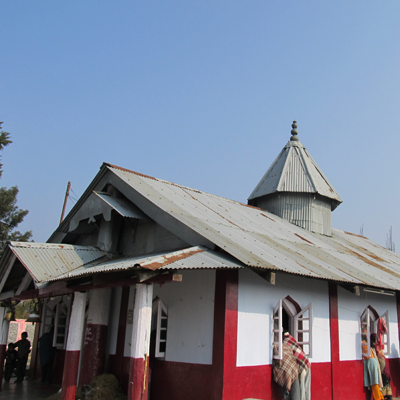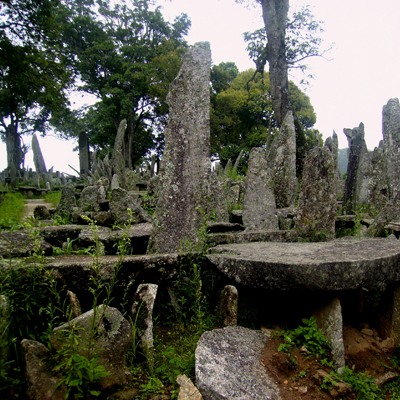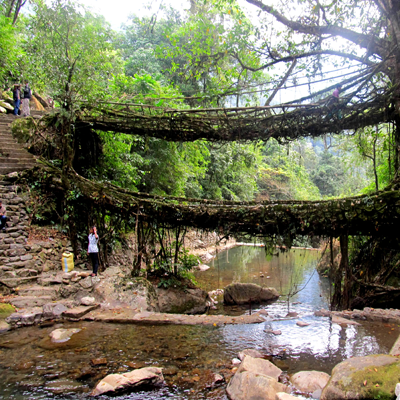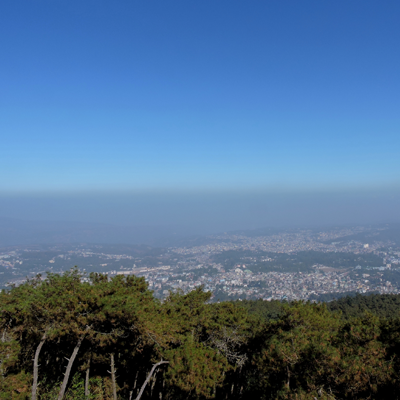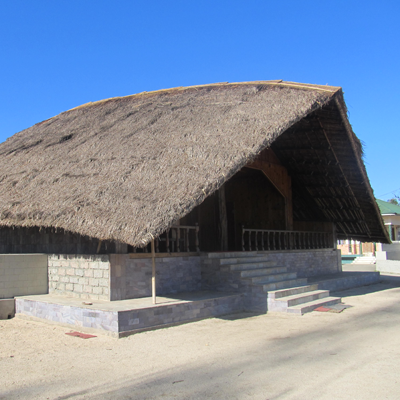
Tucked away in the hills of eastern sub-Himalayas is Meghalaya, one of the most beautiful State in the country. INature has blessed her with abundant rainfall, sun-shine, virgin forests, high plateaus, tumbling waterfalls, crystal clear rivers, meandering streamlets and above all with sturdy, intelligent and hospitable people.
The State of Meghalaya is situated on the north east of India. It extends for about 300 kilometres in length and about 100 kilometres in breadth. It is bounded on the north by Goalpara, Kamrup and Nowgong districts, on the east by Karbi Anglong and North Cachar Hills districts, all of Assam, and on the south and west by Bangladesh.
Shillong, the capital of Meghalaya is located at an altitude of 1496 metres above sea level. Shillong, which was made Assam's capital in 1874, remained so till January 1972, following the formation of Meghalaya. The capital city derives its name from the manifestation of the creator called Shyllong.
Meghalaya is subject to vagaries of the monsoon. The climate varies with altitude. The climate of Khasi and Jaintia Hills is uniquely pleasant and bracing. It is neither too warm in summer nor too cold in winter, but over the plains of Garo Hills, the climate is warm and humid, except in winter. The Meghalayan sky seldom remains free of clouds. The average annual rainfall is about 2600 mm over western Meghalaya, between 2500 to 3000 mm over northern Meghalaya and about 4000 mm over south-eastern Meghalaya. There is a great variation of rainfall over central and southern Meghalaya. At Sohra (Cherrapunjee), the average annual rainfall is as high as 12000 millimetres, but Shillong located at a distance of about fifty kilometres from Sohra receives an average of 2200 mm of rainfall annually

